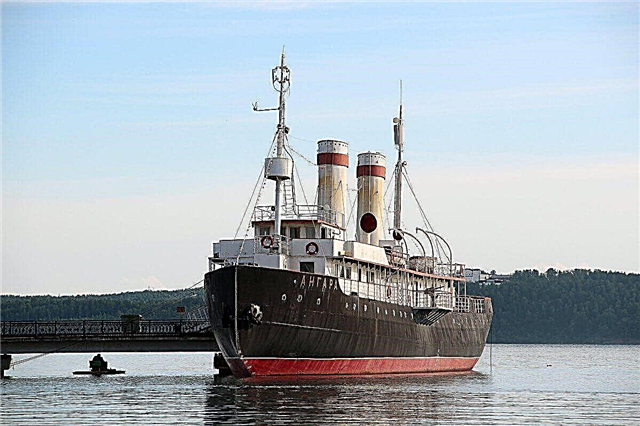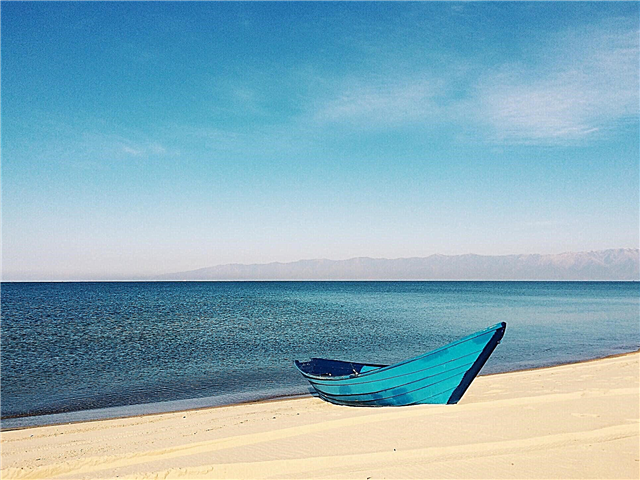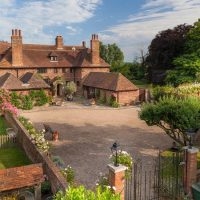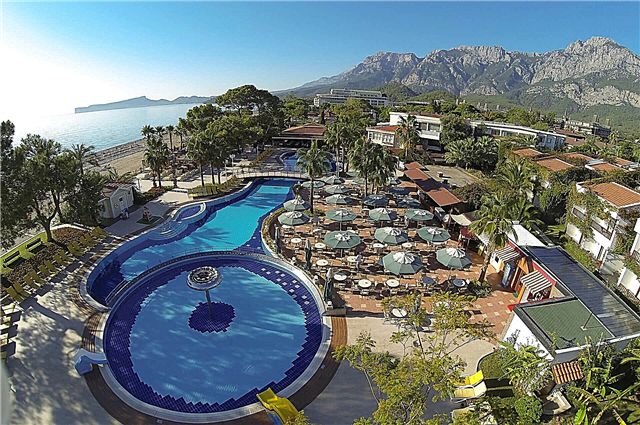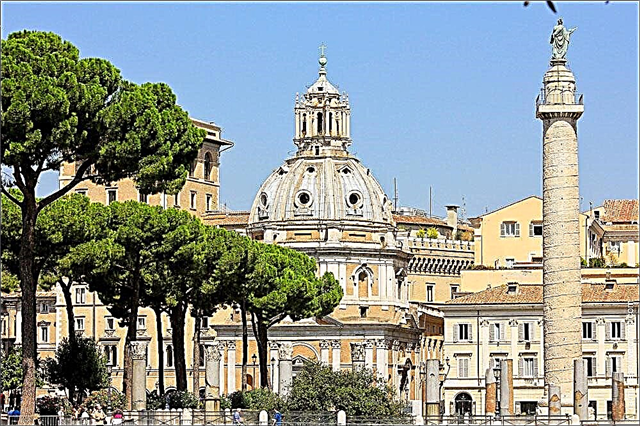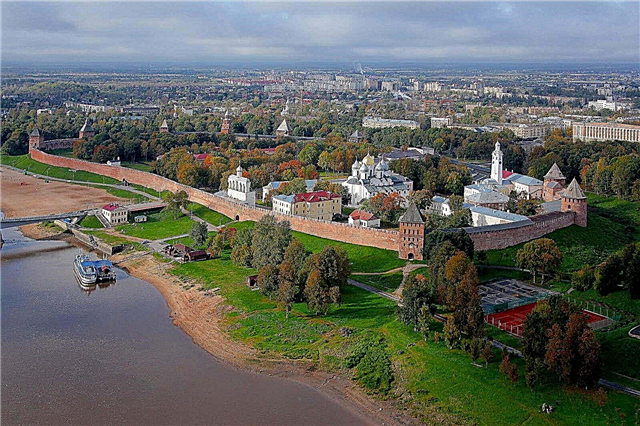Many cities in the Novgorod region were formed in the Middle Ages or even earlier. Then they were small settlements, fortresses or parking lots on trade routes. The Mongols did not pass through Veliky Novgorod itself, although the local princes paid tribute regularly. This made it possible to preserve many architectural landmarks.
The gap between the capital of the region and other settlements is significant. This can be seen in the population, and in the internal structure, and in appearance. However, small towns do not want to lag behind and create tourism infrastructure to the best of their ability. So a modern resort was opened in Staraya Russa, a museum of bells was organized in Valdai, and Kholm invites lovers of outdoor recreation and mud treatment on the shores of the Blue Lagoon.
The largest cities of the Novgorod region
List of the largest cities in terms of population in the region.
Velikiy Novgorod
Founded at the turn of the VIII-IX centuries. The population is about a third of the inhabitants of the entire region. Some of the city's historical monuments have been included in the UNESCO World Heritage List since 1992. There are many temples built in different periods and in different styles. There is an information center, two theaters, a philharmonic society and museums, including the Novgorod Museum-Reserve, which consists of a number of separate divisions.
Population - 224 936 people (2020).

See also: 45 main attractions of Veliky Novgorod.
Borovichi
Located on the banks of the Msta River. Became a city in 1770. The Spasskaya and Torgovye sides of the city are connected by an arched steel bridge named after the designer - Professor Belelyubsky. Since 1918, with a short break, the Museum of the History of the City of Borovichi and the Borovichi Territory has been operating. The main religious site of the area is the Holy Spirit Monastery.
Population - 49 thousand people.

Staraya Russa
It was first mentioned in chronicles in 1167. There is an architectural monument of regional significance - "Grushenka's house". Of the 21 Orthodox churches, only a few survived after the revolution, among them the Resurrection Cathedral and the Trinity Church, dating from the 17th century. Staraya Russa attracts tourists not only with buildings of the past centuries and museums, but also with the modern resort of the same name.
Population - 29 thousand people.

Pestovo
Founded in 1918, included in the list of monocities. Tourists come during the season to relax on the Mologa River. Several bridges are thrown across it, including a railway one. In Pestovo, iconic buildings of the past have been preserved, for example, the water tower. Religious sites - the Church of Evangelical Christians-Baptists, the Church of the Intercession of the Virgin and the Church of John of Krondshtatsky.
Population - 15 thousand people.

Chudovo
Located in the basin of Lake Ladoga. First mentioned in the 16th century. Nikolai Nekrasov's hunting lodge has been restored in the city, which became a museum after the war. Of the religious sites, the church of the Kazan Icon of the Mother of God stands out. It was erected in the early years of the last century in the neo-Russian style. In Chudovo, Kuznetsovsky porcelain, famous throughout Russia, is produced.
Population - 14 thousand people.

Valdai
The status of the city was received in 1770. The two most popular exhibitions are located in the Museum of Bells and the Museum of the County Town. Architectural landmarks: Vvedenskaya church, chapel of Jacob Borovichsky and merchant houses. Park areas in old estates have been preserved. In addition, the settlement itself is part of the Valdai National Park.
Population - 14 thousand people.

Malaya Vishera
It stands on the river with a similar name - Malaya Visherka. The settlement was transformed into a city in 1921. There are two museums: local history and school №1. The entrance to the city is marked with a special sign with a coat of arms. The ruins of the Oskuy Savior Monastery are 20 km away. Nearby you can find the anomalous zone Malovishersky forest, which is associated with the legend of the Bigfoot.
Population - 11 thousand people.

Okulovka
Founded in 1851, more than a century later it was given the status of a city. Monuments to Viktor Tsoi, Nikolai Miklouho-Maclay, orientalist Yuri Roerich, as well as victims of political repression have been erected. Isaac Levitan portrayed Okulovka in some of his landscapes, and Nikolai Rimsky-Korsakov worked here on two operas. Since 2017, the city has been hosting the Kinoprob rock festival.
Population - 10 thousand people.

Soltsy
It was first mentioned in the XIV century, and has had the status of a city since 1914. Salt was mined in the district, hence the name. The architecture of the city has been preserved from the past and the century before last. Merchant houses, shops, as well as religious sites are the main attractions. In Soltsy, they are engaged in the revival of folk crafts, including the manufacture of clay toys.
Population - 9 thousand people.

Hill
It stands at the confluence of the Kunya and Lovat. It has been a city since 1777, although the territory has been developed since the 12th century: the water trade route "from the Varangians to the Greeks" passed here. In addition to the ruins of the Rdeysky monastery, tourists visit the natural rapids on the Bolshoi Tuder. Clay deposits of the "Blue Lagoon" are considered curative and easily accessible during the summer.
Population - 3 thousand people.




